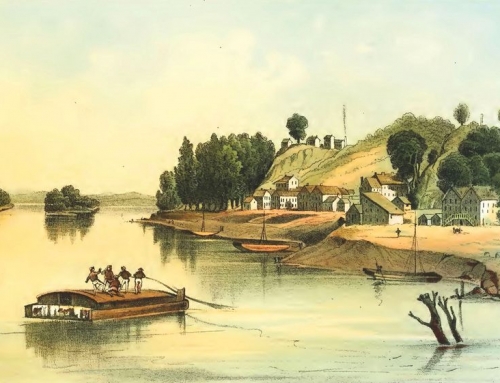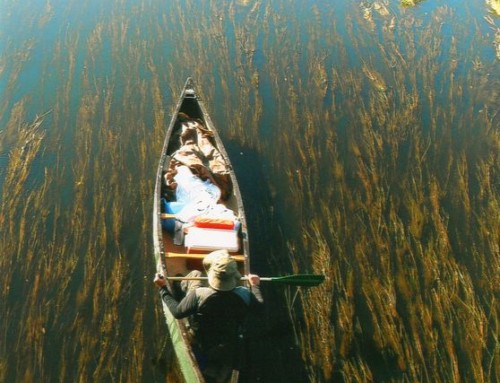If you’ve ever hiked through a state park, admired groves of trees in a public forest, or swam at a public beach, you should thank the CCC. In 1932, the US – and the rest of the world – was mired in one of the worst economic depressions in history. An unfathomable 25% of the adult population was unemployed. Newly elected President Franklin Roosevelt launched a series of ambitious public works programs to get people working again. Most became known by their acronyms: the WPA, TVA, and the CCC. Created under the authority of Emergency Conservation Water Act and later called the Civilian Conservation Corps, the CCC was created to care for natural resources. It quickly became one of the most popular New Deal programs. Between 1933 and 1942 three million men worked on reforestation, soil conservation, flood and fire control, and constructing state and national parks.
Most enrollees were between the ages of 18 and 25; eventually separate companies were created for veterans of World War I. The men lived in camps that mimicked life in the Armed Services. A military officer was the official leader of the camp, but civilians took care of most of the daily leadership tasks. Enlisted men received free room and board plus $30 a month, with the expectation that they would send $25 home to help their families. Like the rest of the US during the 1930s the CCC was not integrated; separate camps were created for African Americans and Native Americans. During their free time, the men could get additional training and education for basic skills such as reading and writing, as well as for technical skills in accounting, carpentry, or vehicle repair.
During its ten year run, the CCC restored nearly 4,000 historic structures, developed over 800 state parks, and planted three billion trees, among other things. Along the Great River Road, the CCC built impressive park buildings at Clinton’s Eagle Point Park and Rock Island’s Blackhawk Park. In the St. Louis region, the CCC essentially built Babler State Park; its 22 stone structures from that era are on the National Register of Historic Places. Across the Mississippi River, the CCC also had a major hand in the development of Pere Marquette State Park near Grafton, Illinois, one of the jewels in the Illinois state park system.
You can learn a lot more about camp life and the work of the Corps with a visit to the CCC Museum at Jefferson Barracks Park in St. Louis County. Get there soon. The Museum has been supported by CCC Alum and their numbers are rapidly declining. Most remaining members are in their 80s and 90s. While you’re there, thank the men of the CCC for the sweat and skilled labor they put into creating the parks we still enjoy.
© Dean Klinkenberg, 2008





Wow! I had no idea.
Thanks for the education….and, if this winter ever turns to spring, I think I will go to the museum (although the hrs are a bit dicey for a working person).
Did the CCC build the lodge at Pere Marquette State Park? Just curious….
Amy
DK: Yes, kinda. The current lodge is a combination of the CCC era building and additions/renovations in the years since.